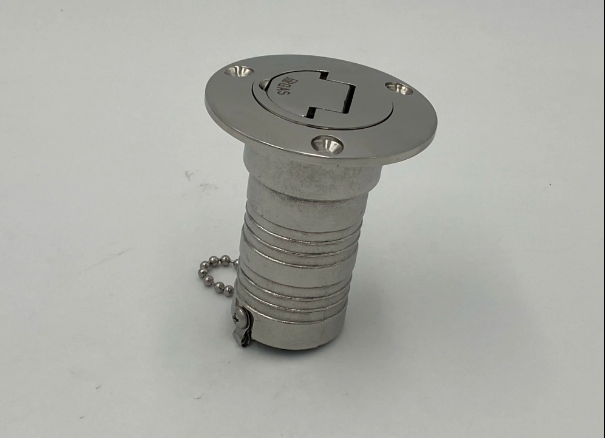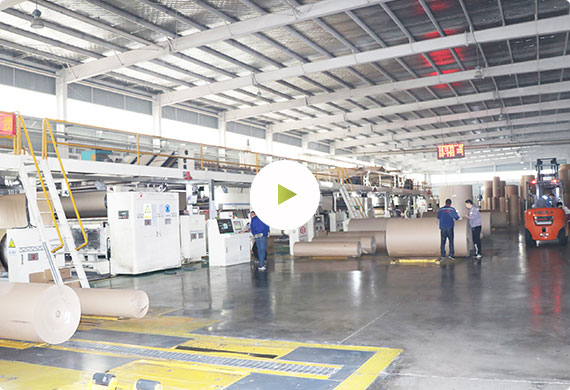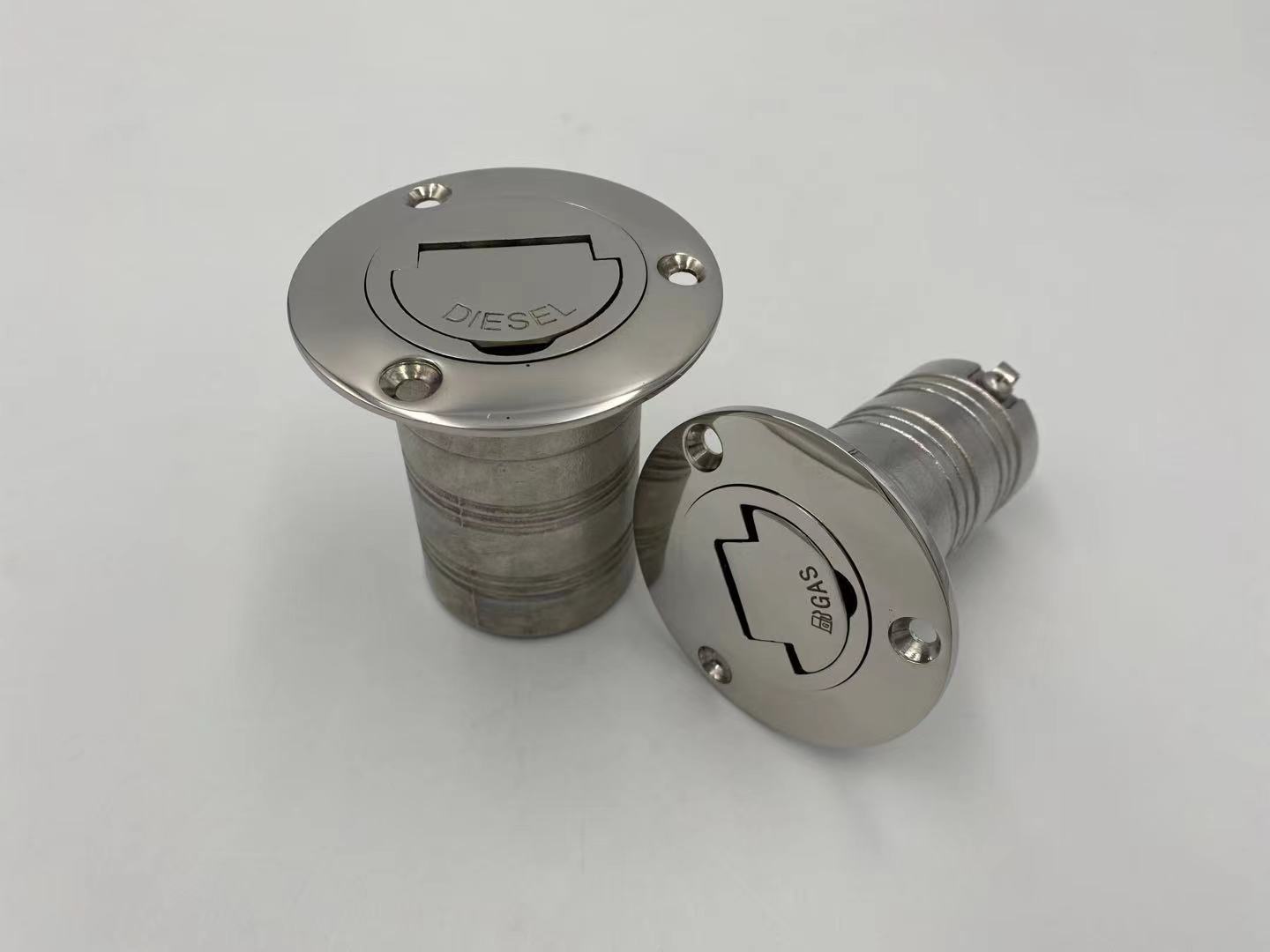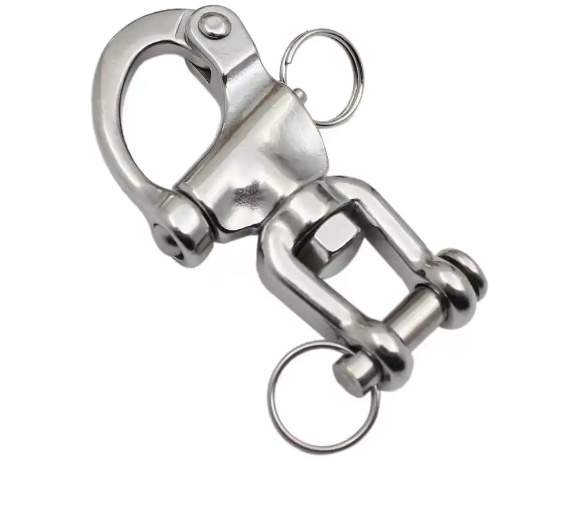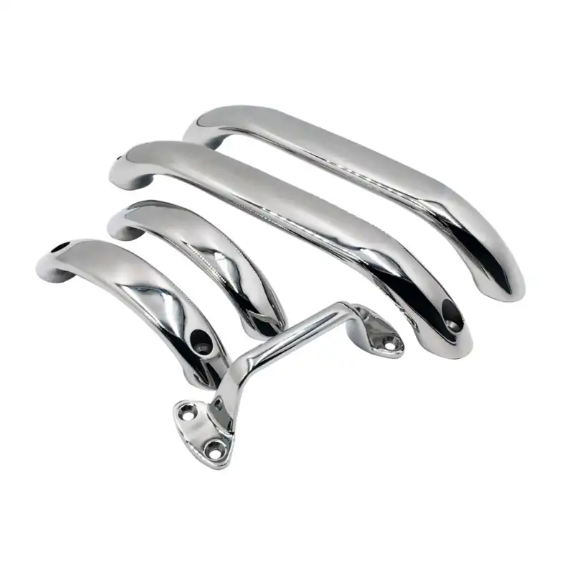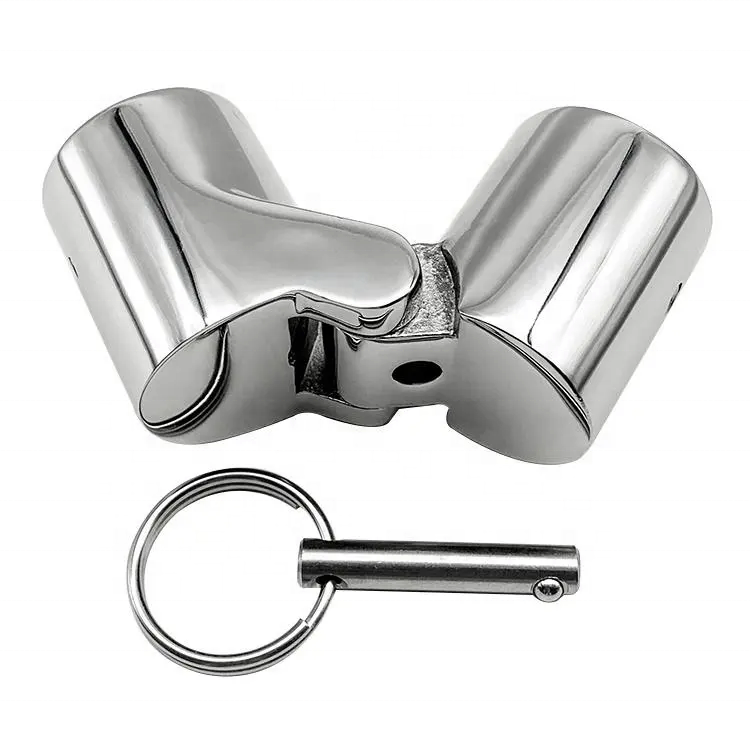Marine Hardware: Essential Components for Navigating the Seas
The world’s oceans cover more than 70% of the Earth’s surface, making them a vital part of our planet.
Throughout history, humans have sought to explore, trade, and harness the resources of the seas, leading to the development of an extensive range of marine hardware.
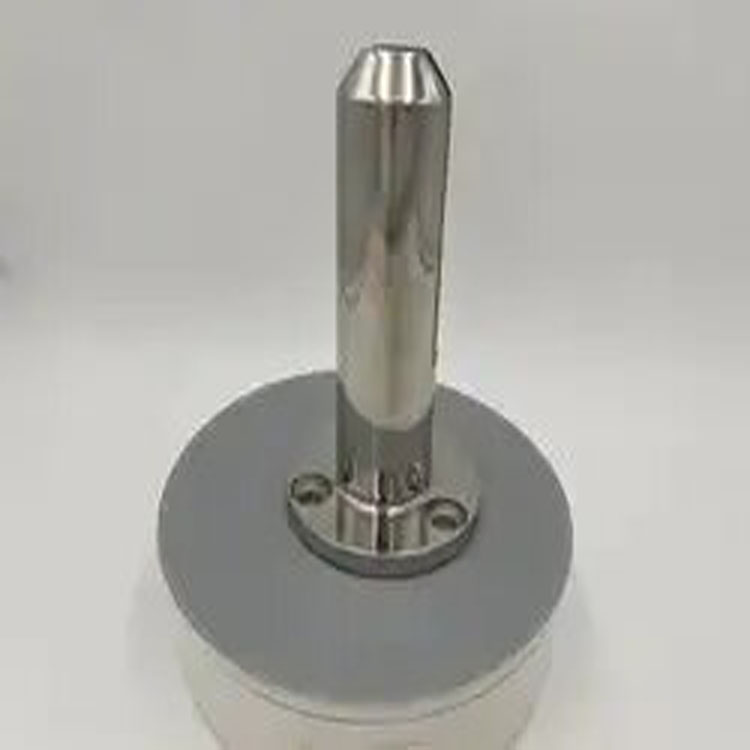
These essential components play a crucial role in ensuring the safety, efficiency, and functionality of vessels that traverse the open waters.
In this article, we will delve into the world of marine hardware, exploring its types, functions, and significance in the maritime industry.
Types of Marine Hardware
Marine hardware encompasses a wide variety of components, each designed to serve a specific purpose on boats and ships. Here are some of the most common types of marine hardware:
1. Anchors:
Anchors are fundamental to a vessel’s stability and safety. They come in various types, such as fluke anchors, plow anchors, and grapnel anchors, each suitable for different sea conditions and vessel sizes.
2. Mooring Equipment:
Mooring hardware includes items like cleats, bollards, and chocks, which are used to secure a vessel to a dock or other fixed structure. These components must be strong and reliable to prevent accidents and damage.
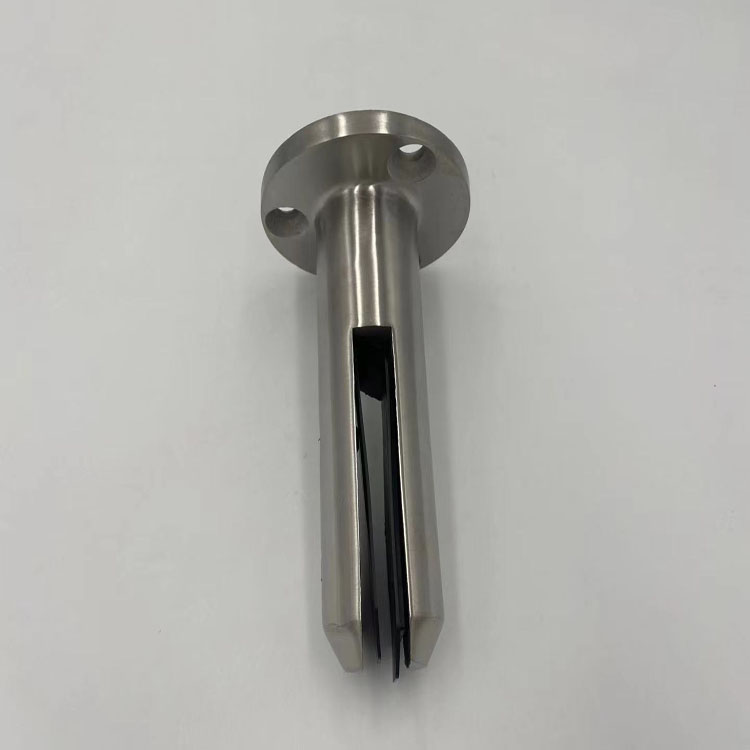
3. Winches:
Winches are mechanical devices used for winding in or letting out ropes or cables. They are crucial for activities like raising sails, lifting heavy loads, and anchoring.
4. Navigation Lights:
Navigation lights are vital for ensuring the safety of vessels during nighttime or low-visibility conditions. These lights follow standardized color and placement schemes to communicate a vessel’s status and direction to other vessels.
5. Rigging Hardware:
Rigging hardware includes items like shackles, turnbuckles, and swivels, which are essential for controlling sails, masts, and other parts of a vessel’s rigging system.
6. Marine Fasteners:
Fasteners like bolts, nuts, and screws used in marine applications must be corrosion-resistant to withstand the harsh saltwater environment.
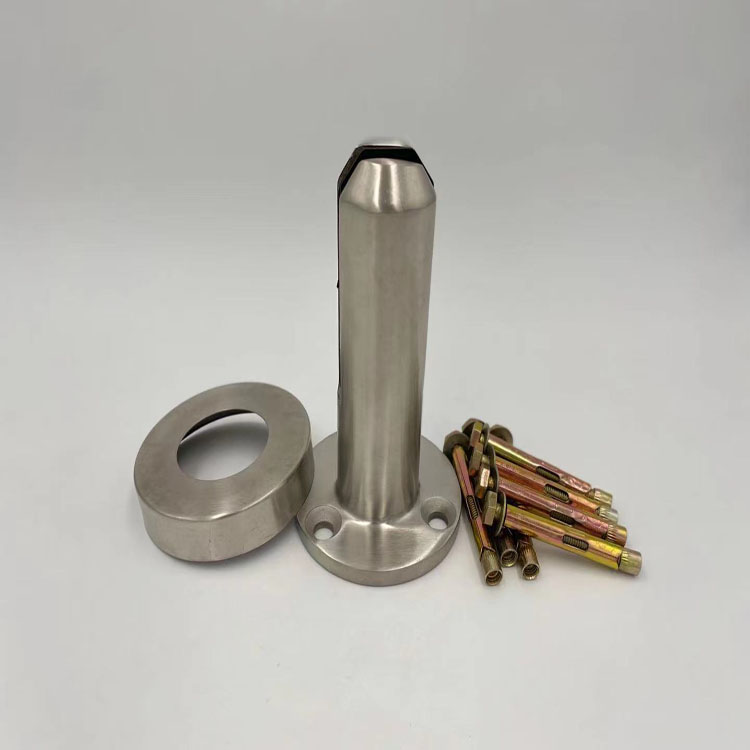
7. Hinges and Latches:
Hinges and latches are necessary for securing doors, hatches, and compartments on a vessel.
They must be durable and able to withstand the constant motion of the sea.
8. Pulleys and Blocks:
Pulleys and blocks are used to change the direction of ropes or cables, making it easier to control sails, lift heavy loads, and perform various tasks on board.
9. Seating and Hardware:
Comfort and safety on board are essential.
Marine seating and associated hardware must be designed to withstand exposure to the elements while providing a secure and comfortable place for passengers and crew.
Functions and Significance of Marine Hardware
The significance of marine hardware in the maritime industry cannot be overstated.
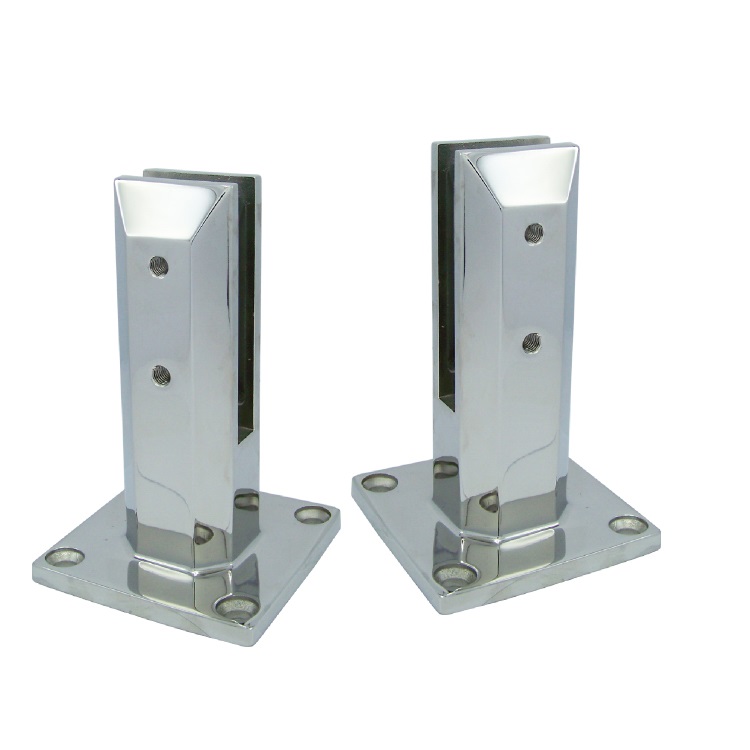
These components fulfill several critical functions, including:
1. Safety: Many marine hardware components, such as lifeboat davits and emergency lights, directly contribute to the safety of passengers and crew in emergencies.
2. Operational Efficiency: Well-designed hardware, such as winches and pulleys, improves the efficiency of various tasks on a vessel, from raising sails to handling cargo.
3. Durability: Marine hardware must withstand the corrosive effects of saltwater, constant exposure to the elements, and the mechanical stresses of a vessel’s operation. High-quality materials and craftsmanship are essential for durability.
4. Compliance: Many marine hardware components are subject to international regulations and standards to ensure uniformity and safety across the maritime industry.
Compliance with these standards is crucial for the proper functioning of vessels and the safety of everyone on board.
5. Versatility: Different vessels have different needs, and marine hardware comes in various sizes and configurations to accommodate these variations.
Whether it’s a small recreational boat or a massive cargo ship, there are hardware solutions available to meet the specific requirements of each vessel.
6. Aesthetics: While functionality and safety are paramount, aesthetics also play a role in the design of marine hardware.
Hardware that complements the overall design of a vessel can enhance its appearance and appeal.
Challenges in Marine Hardware
Despite its importance, marine hardware faces several challenges in today’s maritime industry:
1. Corrosion Resistance: Saltwater is highly corrosive, and marine hardware must be carefully designed and manufactured to resist rust and degradation.
This often involves the use of specialized materials and coatings.
2. Environmental Concerns: The marine industry faces increasing scrutiny regarding its impact on the environment.
This includes the disposal of old or damaged hardware, as well as efforts to reduce the environmental footprint of manufacturing processes.
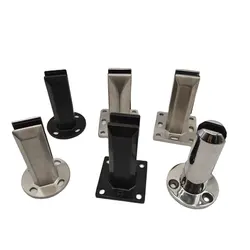
3. Technological Advancements: As technology advances, there is a growing demand for smart and integrated marine hardware solutions. These can include sensors, automation, and connectivity features that improve vessel performance and safety.

4. Cost Considerations: The maritime industry is highly competitive, and vessel owners and operators often seek cost-effective hardware solutions without compromising quality and safety.
Conclusion
Marine hardware plays a pivotal role in the functioning and safety of vessels that navigate the world’s oceans and waterways.
From anchors and navigation lights to winches and rigging hardware, these components are essential for the maritime industry’s efficiency and success.
As the industry continues to evolve, the challenges of corrosion resistance, environmental concerns, technological advancements, and cost considerations will shape the development of innovative marine hardware solutions that meet the demands of a rapidly changing world.
In conclusion, marine hardware is the backbone of the maritime industry, ensuring that ships and boats can sail safely and efficiently, whether for exploration, trade, or leisure.
It is a testament to human ingenuity and engineering prowess, allowing us to conquer the vast and unpredictable expanse of the world’s oceans.
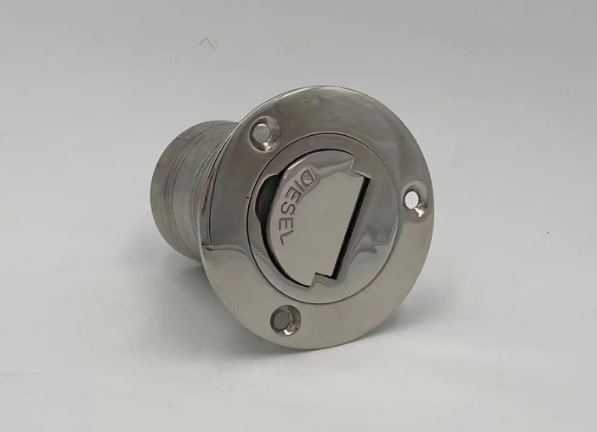
Frequently Asked Questions (FAQs) about Marine Hardware:
Q: What types of materials are commonly used in marine hardware?
A: Marine hardware is often made of corrosion-resistant materials such as stainless steel, bronze, and aluminum to withstand the harsh marine environment.
Q: How do I determine the right size of marine hardware for my boat?
A: Consider the load requirements and size specifications provided by the manufacturer. It’s crucial to match the hardware’s capacity with the anticipated load on your boat.
Q: What is the significance of corrosion resistance in marine hardware?
A: Corrosion resistance is vital in marine environments due to exposure to saltwater. Materials like stainless steel and bronze are chosen for their ability to resist rust and corrosion.
Q: Can I use regular hardware in place of marine-grade hardware?
A: It’s not recommended. Marine-grade hardware is specifically designed to withstand the corrosive effects of saltwater and the unique challenges posed by the marine environment.
Q: How often should I inspect and maintain my marine hardware?
A: Regularly inspect hardware for signs of corrosion, wear, or damage. Perform maintenance as needed and replace any compromised components to ensure the safety and functionality of your marine equipment.
Q: Are there specific safety standards for marine hardware?
A: Yes, there are industry standards and certifications such as ISO and ABYC that outline safety requirements for marine hardware. Ensure that the products you choose comply with these standards.
Q: Can I mix and match marine hardware from different manufacturers?
A: While it’s possible, it’s generally advisable to use hardware from the same manufacturer to ensure compatibility and adherence to specific design standards.
Q: What’s the difference between galvanized and stainless steel marine hardware?
A: Galvanized hardware is coated with zinc for corrosion resistance, while stainless steel is inherently corrosion-resistant. Stainless steel is often preferred for superior durability in the marine environment.
Q: How can I prevent electrolysis and galvanic corrosion in marine hardware?
A: Use isolation materials like rubber or plastic washers, and ensure that dissimilar metals are not in direct contact. Regularly inspect and replace sacrificial anodes to protect against galvanic corrosion.
Q: Can I install marine hardware myself, or should I hire a professional?
A: Installation expertise is crucial for safety. While some hardware can be installed by boat owners, complex installations or critical components are best handled by professionals to ensure proper fitting and performance.
